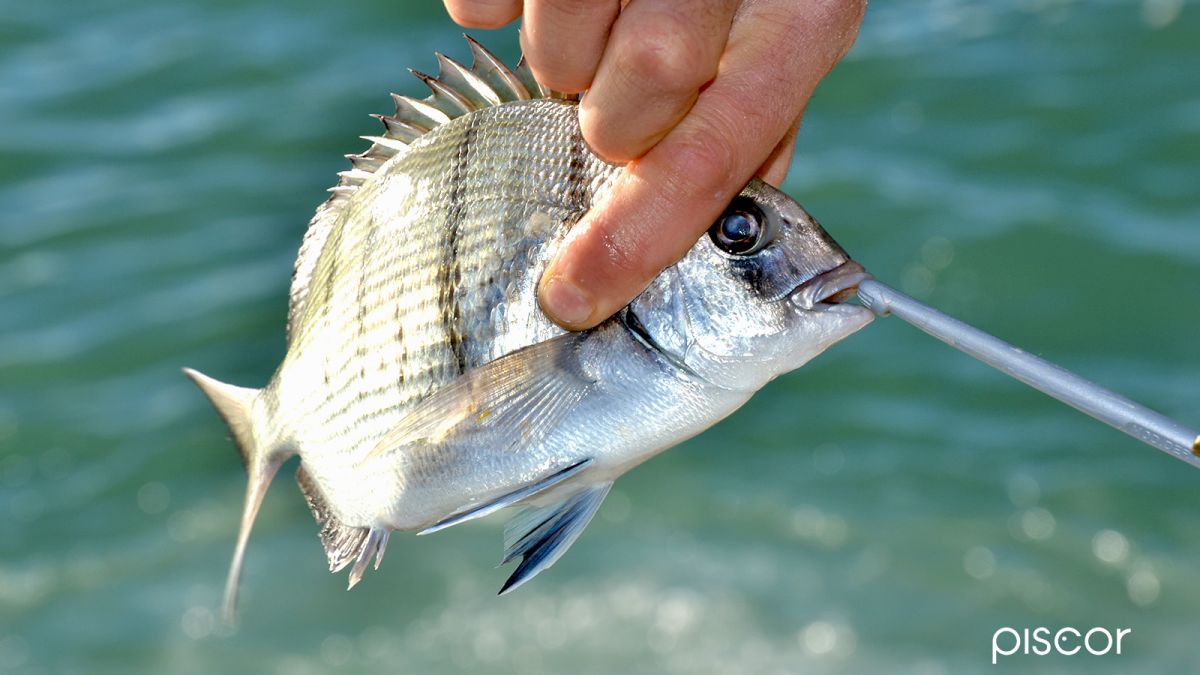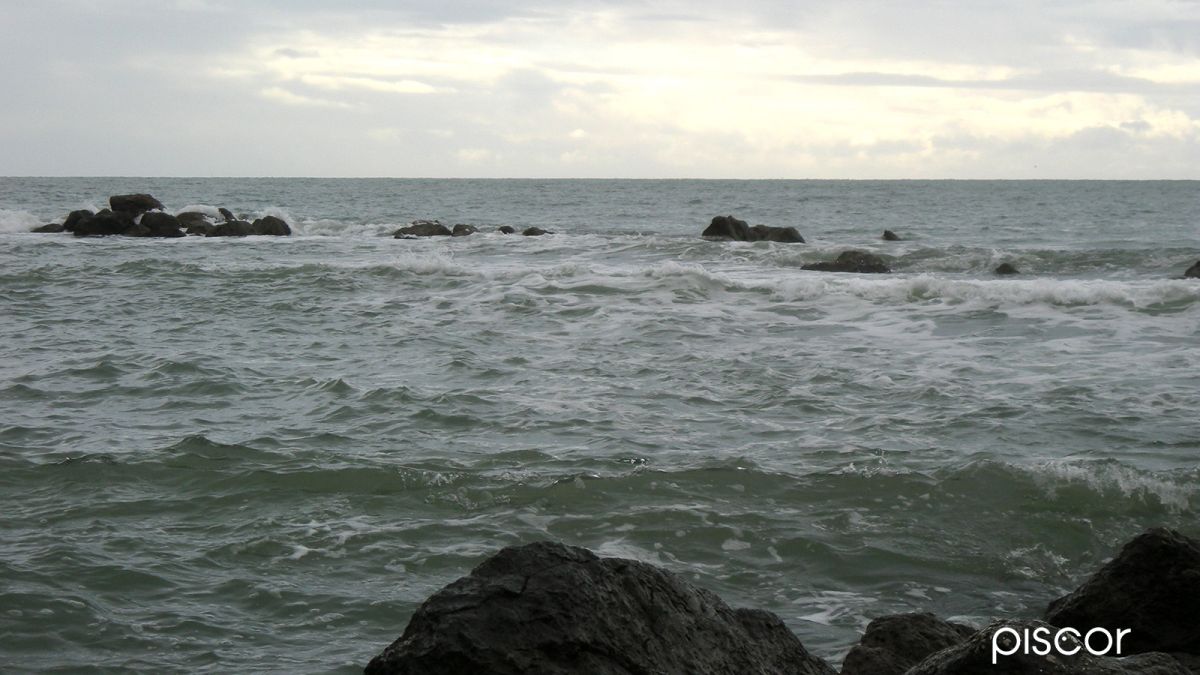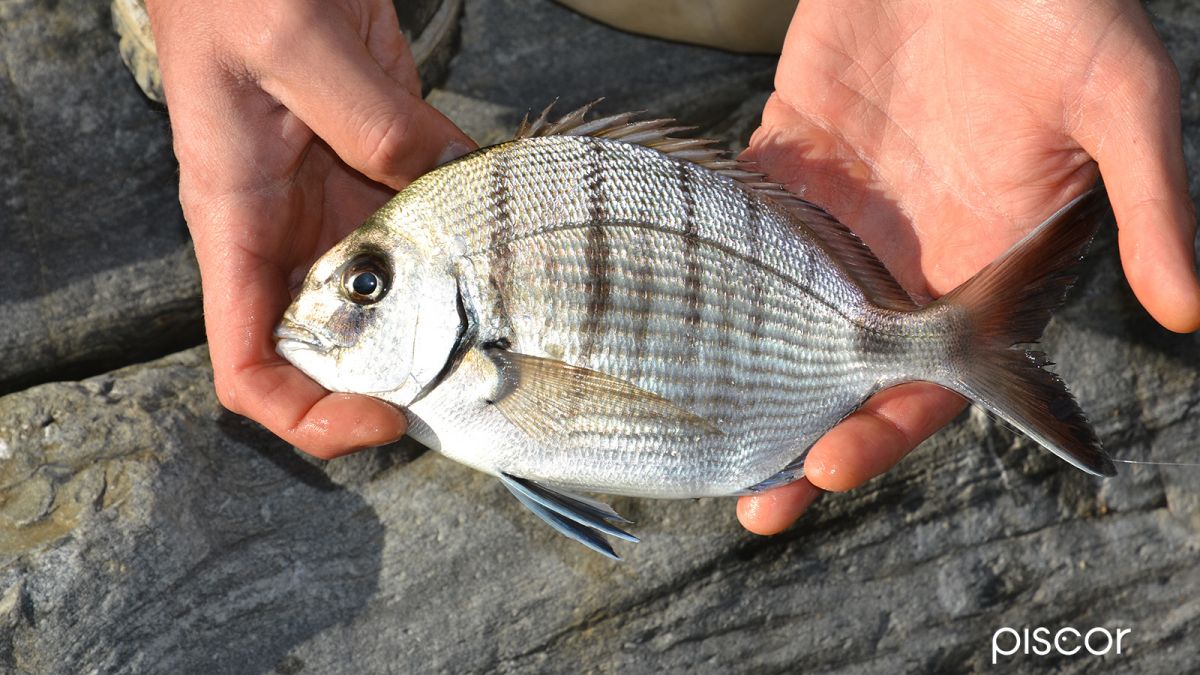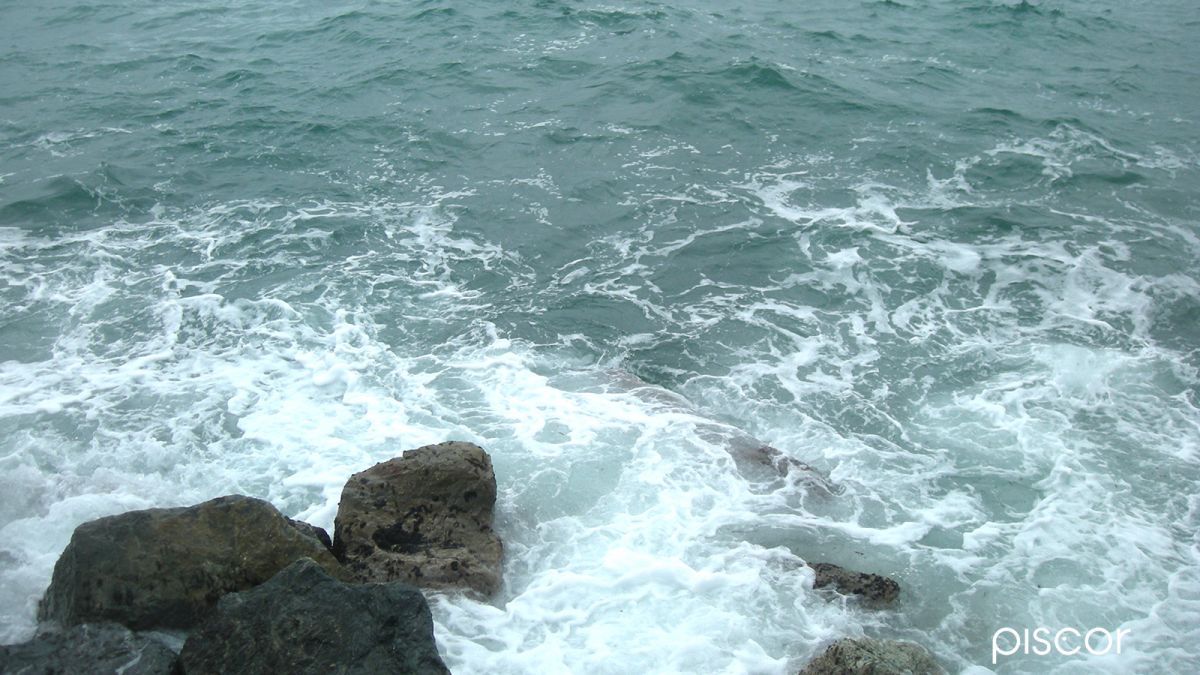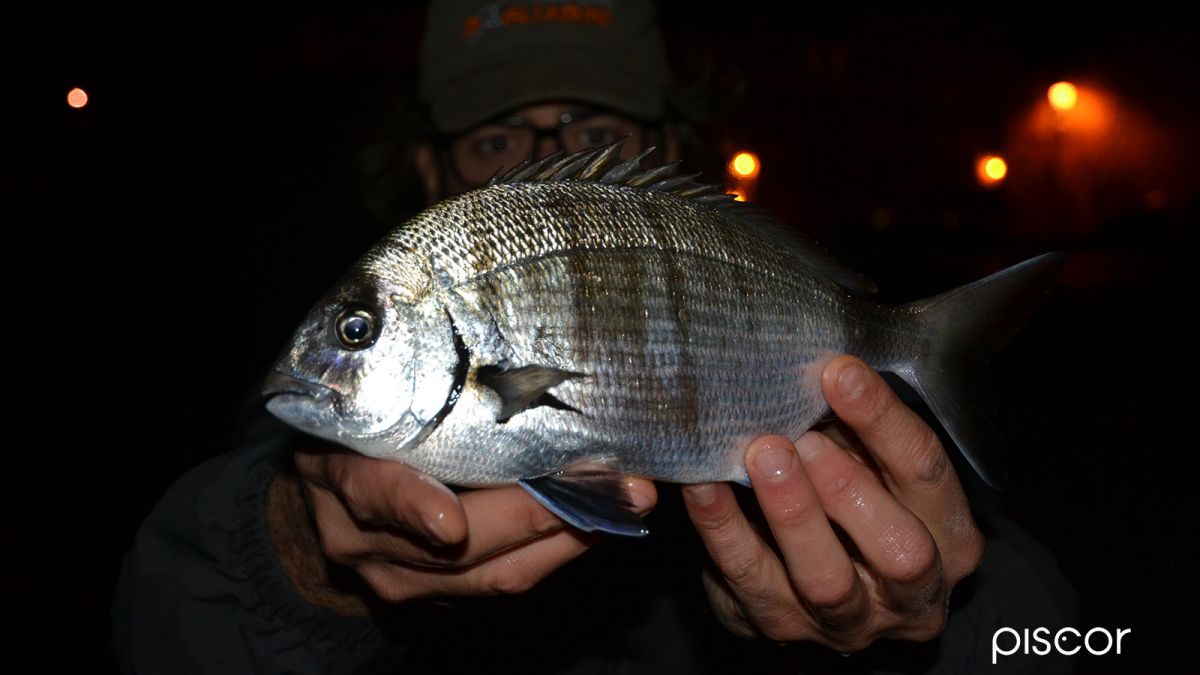Undoubtedly autumn is the most prolific season in terms of catches from the reef, the still very hot water, the least anthropogenic disturbance, as well as the overwhelming abundance of food, lead the fish to prolong their food activity longer.
The life cycle of marine organisms is at the top of its development, and the awareness of the fish of the approaching winter, leads the latter to stock up on food, so as to accumulate as much fat as possible to cope with the winter season, characterized by the prospect of much more frugal meals.
The gilthead sea bream, symbol of the summer season, during the autumn, will be allowed more easily, and larger specimens will be more frequent, will prefer the cliff than the sandy bottom, in fact, in this period, the catches will bolo fishing will be more frequent than in other periods, resulting in many cases, even higher than the numbers achievable with bottom fishing. Its priority will be to put on weight, before grouping in large herds, directed to the high seabed away from the coast, where it will go to overwinter.
The sea bass, on the other hand, tends to approach the coast in autumn in a more conspicuous way, with the intention of eating, thus accumulating a "surplus" of energy in order to optimize the reproduction that takes place in the winter period between December and February. Deadly will be the sea moves, both in the upright phase and in the expired one, where the possibility to catch, or at least to "hook" the oversize specimen, will always be around the corner.
Even the black sea bream in this period will be in considerable activity, and although this bream is present in the coast for twelve months a year, in autumn will be more likely to abandon its inseparable den, thus making it easier to capture.
Let's say that in this first part, we have analyzed the behaviors and habits of the species most coveted by the fisherman from the ground, but we must not forget that to surround the catches of the fish described above, we will not fail to visit also mullets, oblades, garfish and pompano.
Considering that in this season the fish are not very sophisticated and selective in terms of bait, we will use a bait not really natural, but universal, easy to find and affordable: the maggot.
As far as the most favourable "environmental conditions" for trying to catch some good fish are concerned, we will undoubtedly prefer sea moves, both in the uprifting phase and in the real expired phase.
In fact, the fish, with rising sea, associated with a lowering of pressure, will enter immediately into activity, the best time will be from dawn with shaky sea, when the backwash will not be too sustained, and the water will not change color, becoming too dark, thus making our fishing action very difficult and dispersed.
During the phase of after storm sea, however, we will have to wait for the right moment, that is, the short period of time of several hours, when the water will begin to clear gradually, and combined with a movement of the backwash still sufficiently sustained, will allow us to more easily deceive the fish that will be intent on grasping the food in suspension in the layers of water more superficial.
In these conditions we will have to understand where is the right current trail on which to sling the loose maggots, taking care to always graze a few meters before, compared to where is our float, so as to allow the pasture to sink under the surface just enough to wrap like a cloud the maggots that are triggered on our hook.
Low waves...
Sometimes, however, it will not be necessary to wait for the big storms with wave heights higher than 100 cm to try to undermine some beautiful fish. In fact, wave heights of the order of 40-50 cm will suffice to go fishing with good chances of catching.
Under these conditions, the backwash will be optimal, and will allow us to stay perfectly in pasture. The not too strong current around the submerged reefs and in the holes that form between one reef and another, will allow us to make an ideal pass or towards the open sea, or even better, flush with the reefs, thus inviting even the most reluctant fish to go out into the open to go to catch our trap.
Nowadays, technology has reached unthinkable levels compared to ten or fifteen years ago. Today, a click on the major web weather sites is enough to know with a good approximation, and a small margin of error, how much the sea will be moved, and directly from our desk, with a little 'experience and common sense, we will be able to minimize the empty exits, strong of this great opportunity offered by the web.
Where to try
The best points where to set the line will be the water turns where two currents cross forming one, the foams with weak backwash in the shade of large boulders, and the points where the end of the foam generated by the wave, collides with the one coming out from the shoreline. In all this series of spots, the common feature is the clash of currents, which tend to balance each other, making sure that our pasture remains in a sort of "stalemate" always oscillating in a more or less narrow interval of a few meters, thus preventing it from dispersing.
Only a careful reading of the sea will allow us to identify these winning positions, which will certainly guarantee us some good capture.
Equipment As far as the equipment is concerned, we will use Bolo rods with lengths ranging from six to eight metres. The choice of the length of the rod will depend on the presence or not of submerged obstacles.
The longer the rod, the greater its leverage, which will allow us to keep the flooded fish more easily away from submerged rocks and obstacles, thus limiting the risk of breaking the line due to abrasion on some dead body to a minimum.
The reel will be 2500-3000 size, loaded with a good nylon of 0.18. At this point we will insert on the main line the float, this last one can be of different type and shape. We can in fact use, according to personal tastes, different types of floats, the most common for fishing on reefs with rough seas, is the leaded ball.
It is a spherical float, containing at its end a lead inside it. Its shape, combined with the strategic position of the lead, allows a great stability in the middle of the foam, also its color, which is usually bright orange, also allows a great visibility.
The fact of being leaded allows us to make good launches, reaching interesting distances even with a lead on the line almost absent. The alternative to the leaded ball, for those nostalgic for the actual float, will be the one in the shape of an inverted pear.
This type of float having the part just below the starlight holder rod wider and more stable than the welded with the actual rod carrying the silicone tubes, is the most suitable alternative to the spherical shape.
With leaded balls we will use weights between two and four grams, while for the classic upside down pear, not being leaded, the weights will vary between three and five grams, depending on the intensity of the wave motion.
This last type of float, not being leaded, will have to be calibrated by a small bulk of pellets just under the rod. It is advisable not to calibrate the float too much, plumbing it for a little more than half of its weight, in order to avoid the annoying up and down effect generated by the waves.
The main line will be connected to the final, a 0.15 mm fluorocarbon, by a blood knot. This type of knot makes the movement of the line in the water more uniform and natural, and also has a very high breaking load, higher than that which would be obtained with the knot at the swivel.
The rig will be about one meter long ending with a hook of the number 14. The latter will be a bronzed hook, in order to better resist the abrasive action of the salt, and to blend better with the natural color of maggots that we are going to trigger there. It must be strong enough not to open and come out easily, but at the same time it must have thin wire, so as not to burst the larvae that we are going to trigger.
Sealing
Now let's go and see the most important part, that is the lead of the line. Since, with the sea conditions that we have examined, we are going to graze with loose larvae, we will have to make sure that the big tins triggered on our hook are perfectly in the middle of them.
With after storm sea, and sustained backwash, we will place three pellets between the knot of the final and the float, spaced 50 cm apart from each other. We will put our leads equidistant in order to obtain a balance on the line so as to sink in the water the primed larvae, at the same speed as the loose ones thrown as pasture.
The number of pellets, intended as diameter, will vary between the number 8, and the number 11, depending on the strength of the backwash. The biggest mistake we can make is to overwhelm our fishing apparatus, causing the trigger to sink too much, thus remaining well below the loose larvae thrown as pasture, which will tend in principle to remain in suspension in the most superficial layers of the water column, at the mercy of the current.
A considerable influence on the sinkability, however, is also given by the diameter of the fluorocarbon, which is more resistant to abrasion, but at the same time also heavier than the common nylon. The model and size of the hook also play a decisive role, the more robust and large a hook is, the faster it will tend to sink the line.
Therefore, our skill will be in finding the right balance between the size of the hook, the fluorocarbon, and the diameter of the lead, everything must be aimed at having the right lightness or heaviness that allows us to be always on the pasture in relation to the strength of the backwash.
Also the trigger will be proportional to the size of the hook, we can use three, four larvae on a hook of 12-14, or only two on hooks of 16-18.
Autumn on the cliff is a magical season, if we have constancy, and a bit of common sense, the opportunities will not delay in arriving, the fish are right there, below us, there is nothing left for us to do but go fishing!

